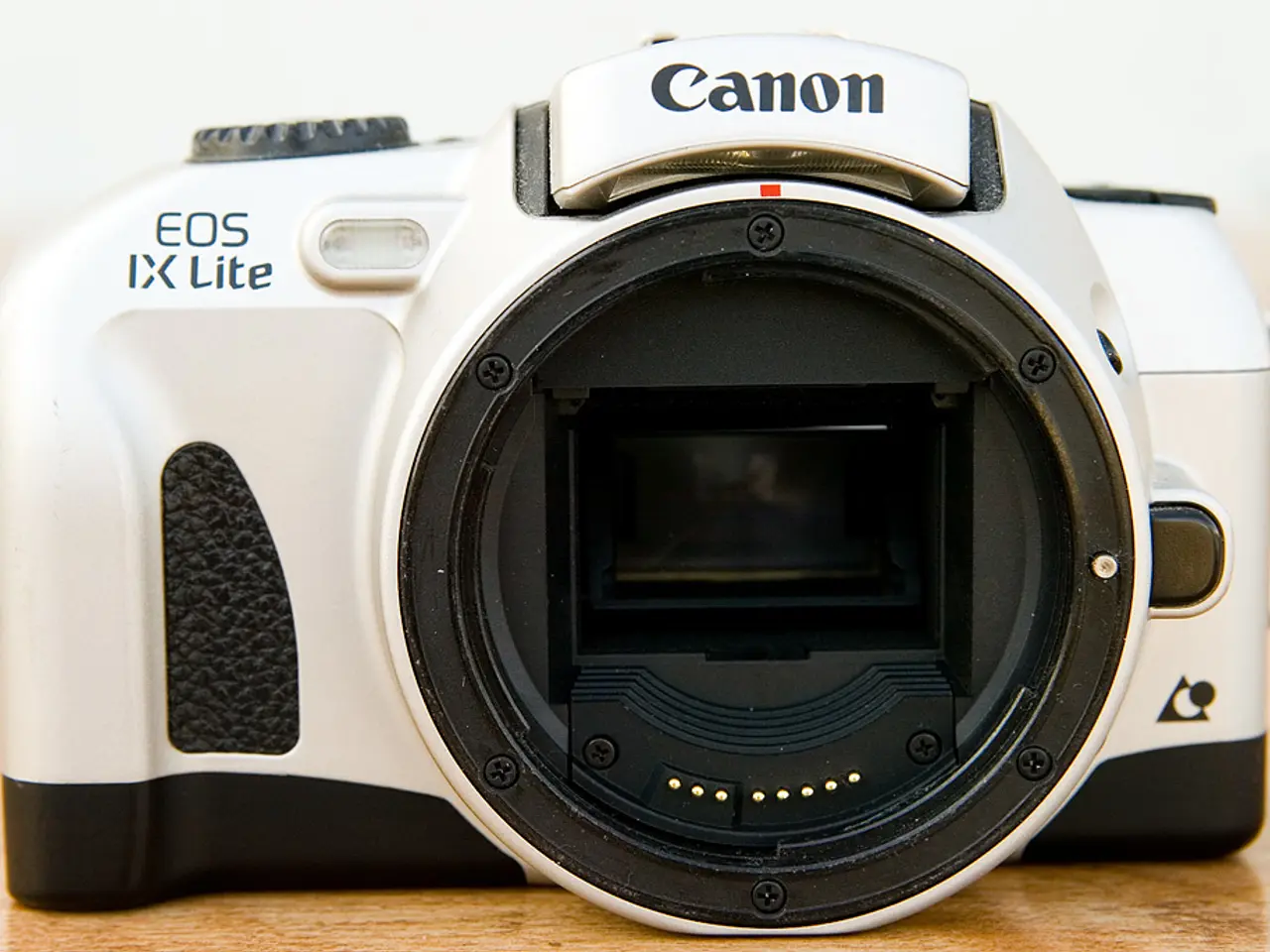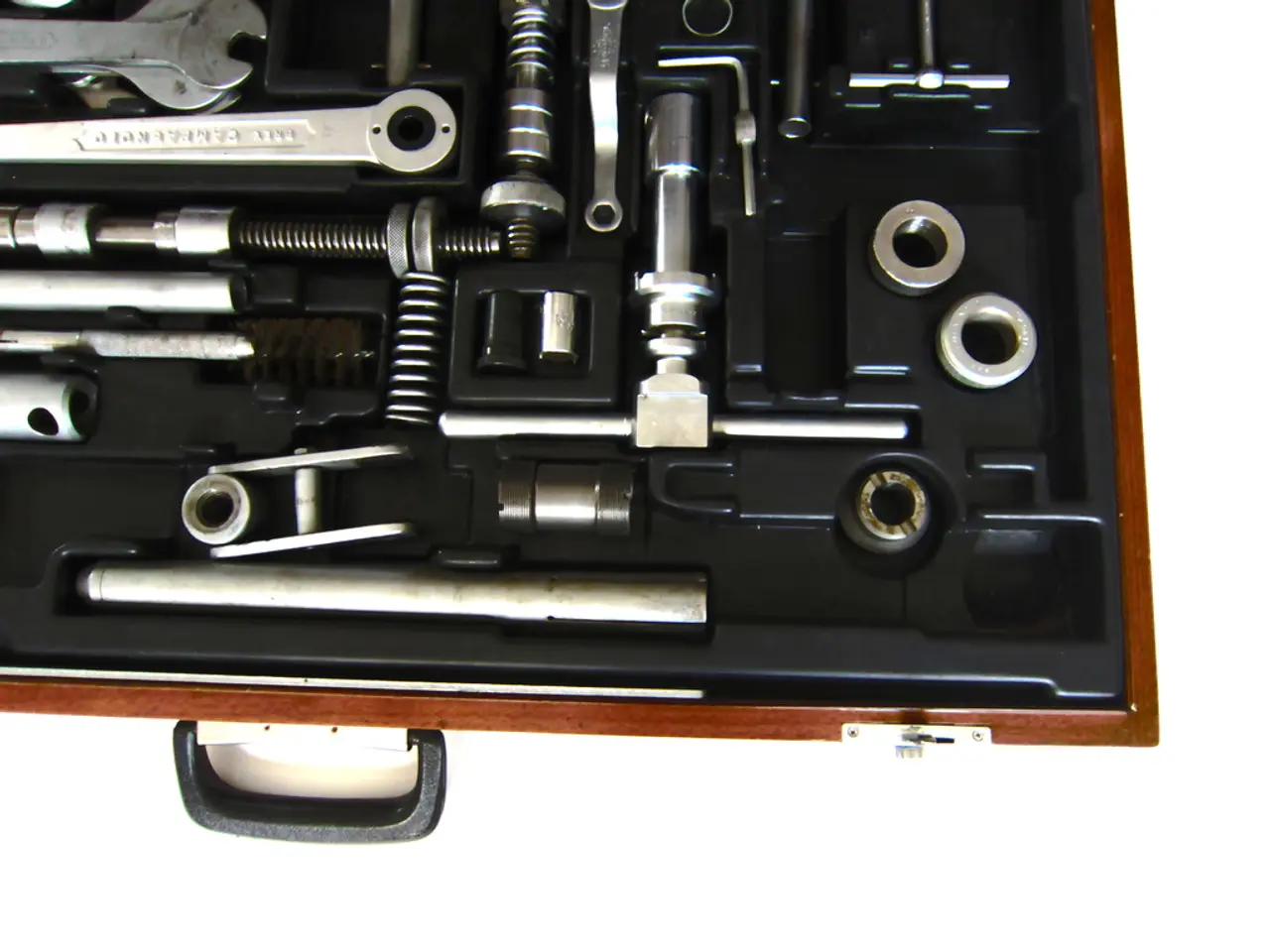Unbelievable partnership between Kodak, Canon, and Nikon transformed traditional film cameras into digital single-lens reflex cameras (DSLRs).
The Kodak DCS series, launched in 1991 and discontinued in 2005, marked Kodak's pioneering foray into the digital camera market. These professional digital SLR cameras, such as the Kodak DCS 760, were notable for integrating digital sensors with modified 35mm SLR bodies, representing some of the earliest attempts to bring digital photography into professional use.
The Kodak DCS 100, the first camera in the series, was the first DSLR to hit the consumer market in 1991, based on a Nikon F3 SLR body. The DCS 760, released in 2001, is a camera that stands out for fans of the Big N (Nikon), as it is built around a Nikon F5 body. The camera features a large battery grip bearing the Kodak logo and a 6.3MP APS-H CCD sensor, larger than an APS-C sensor but smaller than a full-frame sensor.
The Kodak DCS series had a significant impact on the digital camera market. By demonstrating the viability of digital SLRs for professional photographers, they set standards for sensor integration and bridged the gap between analog SLR systems and modern digital cameras. The series collaborated with Canon, developing digital backs for EOS bodies, like the Kodak EOS DCS 5 in 1994, and models like the EOS DCS 1 and EOS DCS 3, which were essentially Canon EOS-1N bodies with Kodak digital sensor backs.
The DCS series helped validate the digital SLR concept and pushed camera makers like Canon and Nikon to develop their own integrated digital models. Kodak's approach of using existing professional SLR bodies with digital backs laid the foundation for many future DSLR designs.
Although Kodak pioneered digital photography, the company struggled to fully capitalize on the transition compared to competitors such as Canon and Nikon. Canon later took over distribution and branding of some Kodak DCS models, while Nikon eventually produced their own digital SLRs starting in the early 2000s.
Today, used units of the Kodak DCS 760 can be found on websites like Kamerastore for a fraction of the original price, making them accessible for photography enthusiasts. An Instagram post featuring the Kodak DCS 760 was shared by Kamerastore (@kamerastorecom), highlighting the ongoing interest in these significant pieces of digital imaging history.
In summary, Kodak’s DCS series holds an important place in digital camera history as one of the first professional digital SLR systems, influencing camera design and accelerating the digital transition in professional photography, despite Kodak’s eventual loss of market dominance in digital cameras.
- The Kodak DCS 760, a notable camera for Nikon fans, was built around a Nikon F5 body and features a large battery grip bearing the Kodak logo.
- By integrating digital sensors with modified 35mm SLR bodies, the Kodak DCS series demonstrated the viability of digital SLRs for professional photographers.
- The DCS series collaborated with Canon, developing digital backs for EOS bodies like the Kodak EOS DCS 5 in 1994.
- An Instagram post featuring the Kodak DCS 760 was shared by Kamerastore (@kamerastorecom), highlighting the ongoing interest in these significant pieces of digital imaging history.
- Although Kodak pioneered digital photography, the company struggled to fully capitalize on the transition compared to competitors such as Canon and Nikon.
- Today, used units of the Kodak DCS 760 can be found on websites like Kamerastore for a fraction of the original price, making them accessible for photography enthusiasts.
- Kodak’s approach of using existing professional SLR bodies with digital backs laid the foundation for many future DSLR designs.
- The Kodak DCS 100, the first camera in the series, was the first DSLR to hit the consumer market in 1991, based on a Nikon F3 SLR body.




